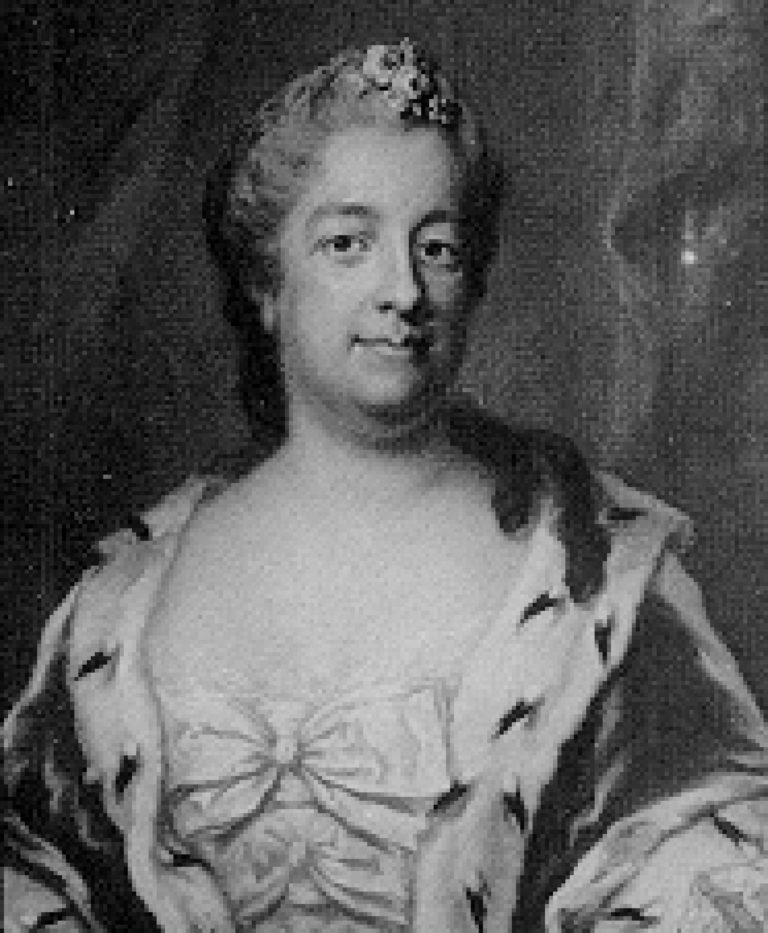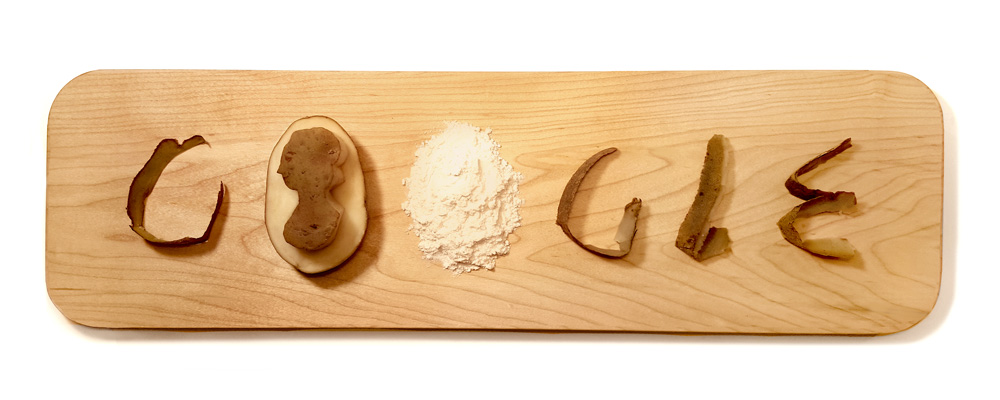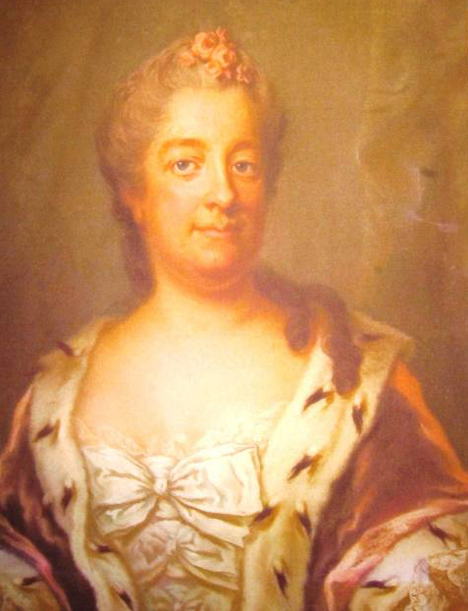In the past potatoes were not food for human consumption, only for animals. Eva Ekeblad’s discovery changed everything. Can you imagine the impact of this discovery?
At the age of 24, Eva Ekeblad presented her findings to the Swedish Academy of Sciences and was the first woman admitted in 1748. Sweden was suffering from a shortage of oats and barley. Her discovery helped solve the food crisis in the country and reduce hunger, freeing up these traditional cereals for food production, as the potato could replace these crops in the production of alcohol.

Eva discovered that with potatoes that it was possible to grind potatoes into flour or turn them into alcohol, paving the way for the development of gluten-free products and the distillation of vodka – that alone is reason enough to celebrate, but she didn’t stop.
With an entrepreneurial spirit, she also realized that the potato flour she created could be used as a facial cosmetic and wig powder to replace the arsenic powder used at the time (yes arsenic, which we now know to be poisonous, was not known at the time).
Unfortunately, it took 200 years for the Swedish Academy of Sciences to admit one more woman, Austrian nuclear physicist Lise Meitner only joined in 1951.
Eva Ekeblad was born on July 10, 1724 and was given a Google doodle in her honor.

Imagine if we didn’t know that potatoes are edible? Have you ever thought about going through life without fries?

This post was originally written on 7/10/2017 and updated and published on 8/12/2022.
Sources: Google, Jersey Evening Post, Labiotech




COMMENTS